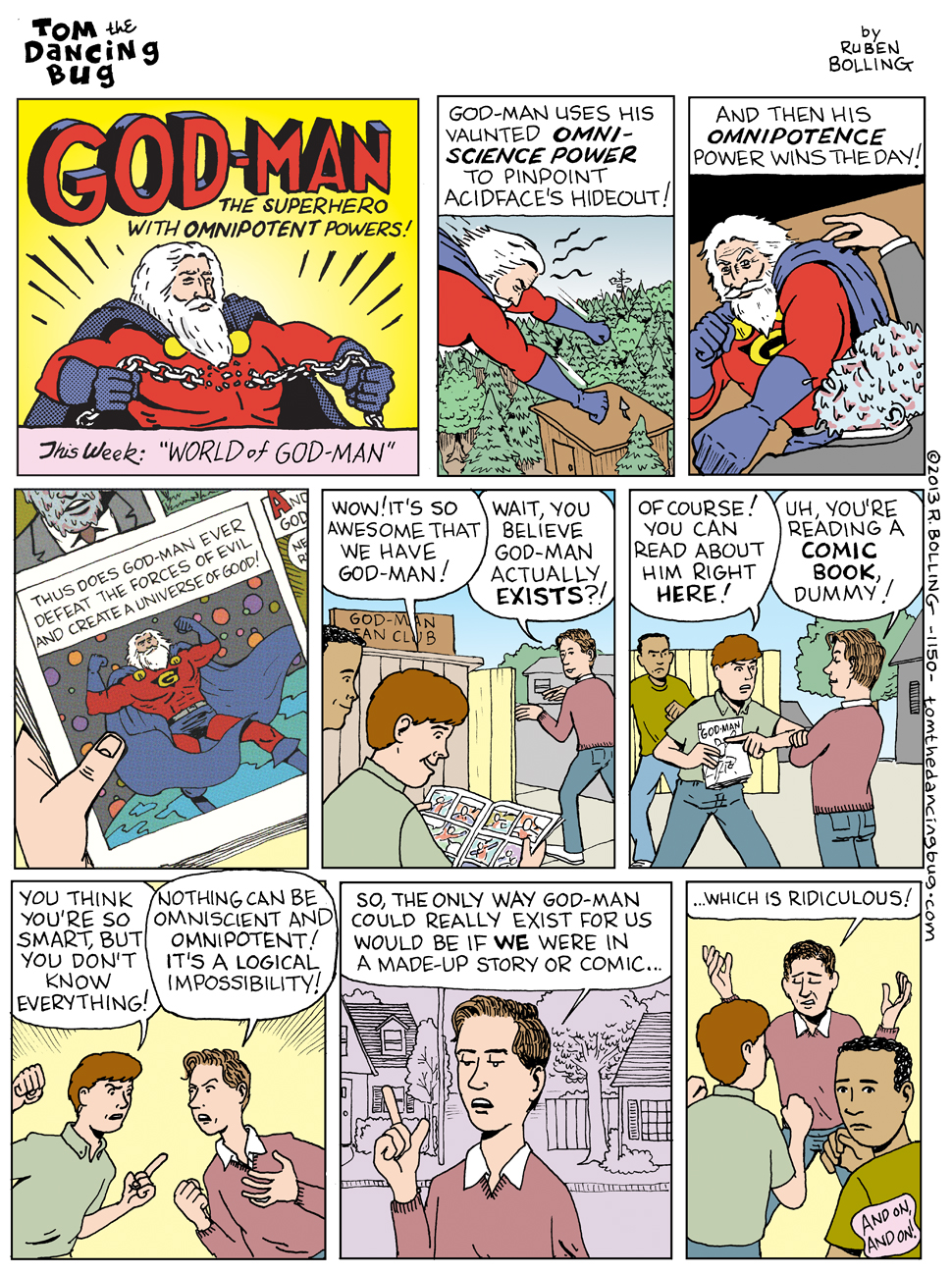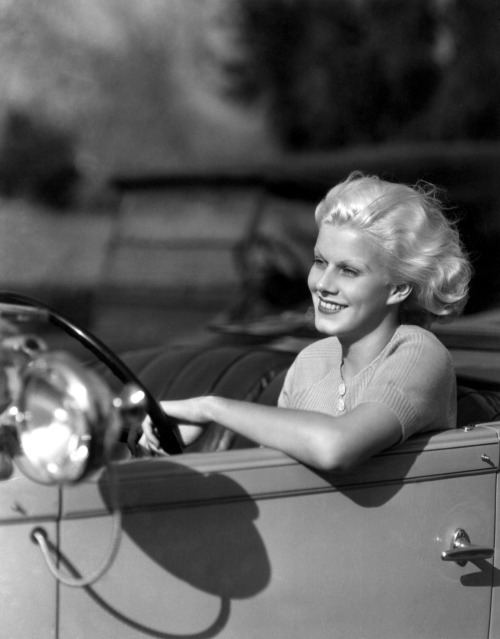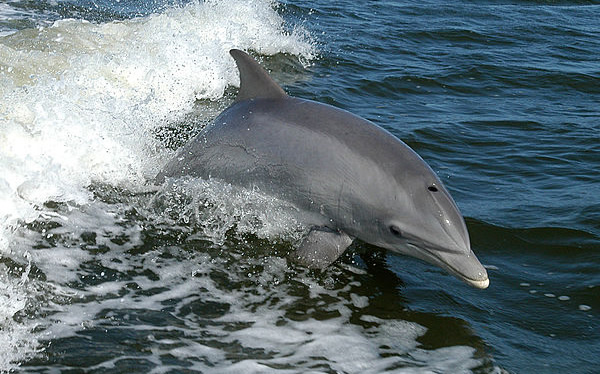The Daily Drift
Carolina Naturally is read in 192 countries around the world daily.
Don't forget to visit our sister blog: It Is What It Is
Some of our readers today have been in:
Sampaloc, Manila, Marikina, Makati and Pasig, Philippines
Johannesburg, South Africa
Lyon, Roubaix and Rouen, France
Dublin, Ireland
Izhevsk, Ryazin and Moscow, Russia
Nodia, Bangalore, Bhilwara and New Delhi, India
Ivrea, Milan, Rome and Ravenna, Italy
Den Haag, Netherlands
San Juan, Puerto Rico
Thanh Pho Ho Chi Minh, Vietnam
Sarajevo, Bosnia and Herzegovina
Jakarta, Indonesia
Tehran and Shahr-Ekord, Iran
Seoul, Korea
Managua, Nicaragua
Alicante, Pontevedra and Teo, Spain
London, England
Zhovtivody, Ukraine
Melbourne and Heidelberg, Australia
Ruse, Bulgaria
Auckland, New Zealand
Nokia, Finland
Panama, Panama
La Paz, Bolivia
Santiago and Coquimbo, Chile
Gdansk and Warsaw, Poland
Dubai, United Arab Emirates
Tripoli, Lybia
Hlucin and Vinicne Sumice, Czech Republic
Vedbaek, Denmark
Rio De Janeiro and Jundai, Brazil
Templeton, Britannia and Toronto, Canada
Samut Prakan, Thailand
Lima, Peru
Mexico City, Mexico
Lisbon, Portugal
Zaventem, Belgium
Jerusalem, Israel
Stade and Nuremberg, Germany
San Isidro, Argentina


















































